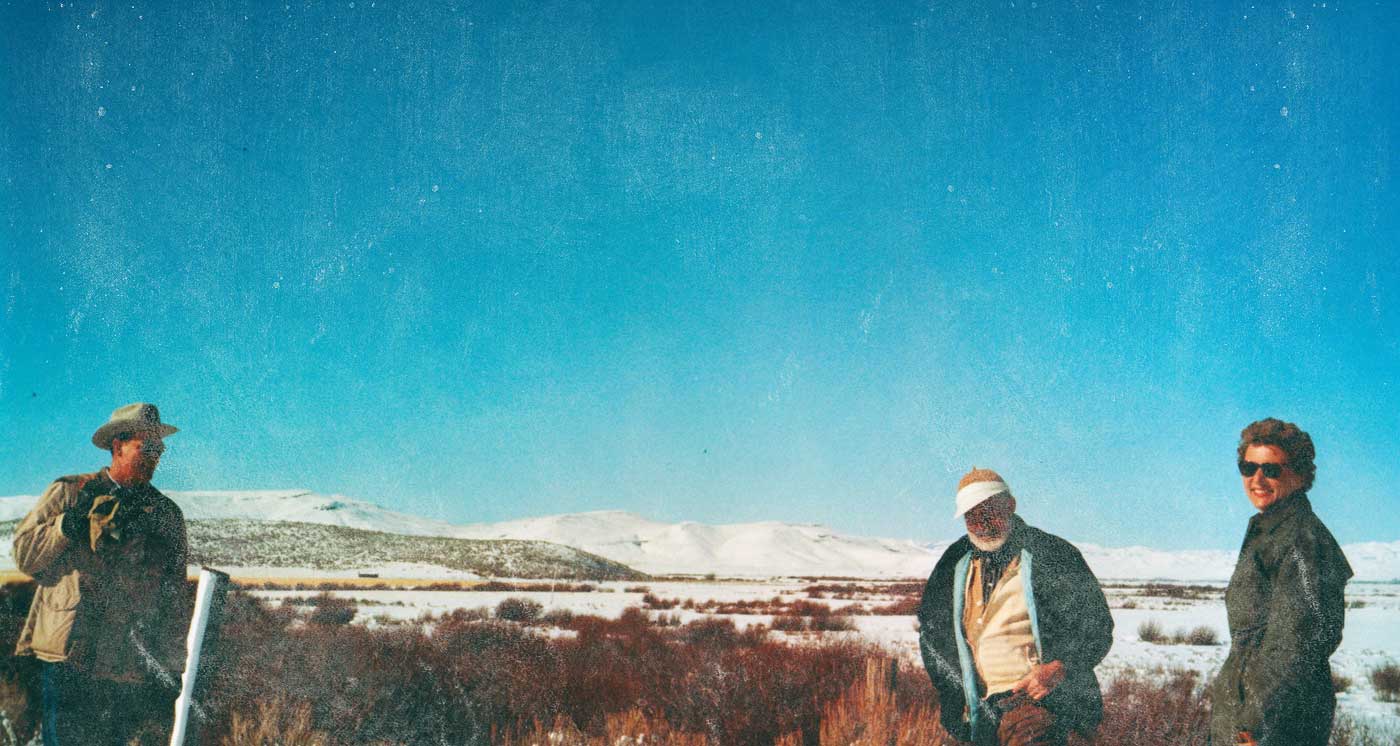Ernest Hemingway in Idaho
In 1939, in an act of public relations and marketing, Averell Harriman, of the Union Pacific Railroad and other ventures invited Ernest Hemingway and a few Hollywood celebrities to visit his brand new Sun Valley Lodge. They were offered free residence for an extended period of time as a way to promote the new resort. This was Hemingway's introduction to Sun Valley and Idaho. He continued to visit often over the next few years. He returned again in 1946 and then finally in 1958 after Castro came to power in Cuba.
Hemingway had just broken up with Pauline Pfeifer, his second wife and mother of his two sons, Patrick and Gregory, and was soon to marry his third wife Martha Gelhorn. He sought refuge in Sun Valley and pursued his two other passions, hunting and fishing. And this began a 22 year relationship with the beauty and abundance and people of Sun Valley, Idaho.
While in Sun Valley he worked on portions of For Whom the Bell Tolls, Islands in the Stream, The Garden of Eden and A Moveable Feast.
He came to love the area deeply and wrote a eulogy for his close friend Gene Van Guilder that some Hemingway Scholars believe was a eulogy for himself as well. It was a departure from his spare style and was uniquely poetic.
“He loved the warm sun of summer and the high mountain meadows, the trails through the timber and the sudden clear blue of the lakes. He loved the hills in the winter when the snow comes. Best of all he loved the fall … the fall with the tawny and grey, the leaves yellow on the cottonwoods, leaves floating on the trout streams and above the hills the high blue windless skies. He loved to shoot, he loved to ride and he loved to fish.”
It was in Sun Valley that he met and developed a long friendship with Lloyd and Tillie Arnold. Sun Valley was also the home of the brilliant if erratic poet Ezra Pound, whom Hemingway had met in Paris and had great respect for.
But it was Lloyd and Tillie whom Hemingway spent his time with. Lloyd Arnold was an accomplished photographer and he produced the photographic epic, "High On The Wild With Hemingway." And Tillie wrote "The Idaho Hemingway."
In 1958, when Fidel Castro came to power in Cuba and confiscated private property, including Finca Vigia, the Hemingway home, Hemingway with his fourth and last wife Mary Welsh, an American journalist whom he met in London while she was on assignment for Time Magazine bought a home in Ketchum, Idaho, a community adjacent to Sun Valley. And there they stayed for the remainder of his life.





